Anthony Davis - Unity Game Development: Learn how to design beautiful games from the team at Unity
Here you can read online Anthony Davis - Unity Game Development: Learn how to design beautiful games from the team at Unity full text of the book (entire story) in english for free. Download pdf and epub, get meaning, cover and reviews about this ebook. year: 2022, publisher: Packt Publishing - ebooks Account, genre: Home and family. Description of the work, (preface) as well as reviews are available. Best literature library LitArk.com created for fans of good reading and offers a wide selection of genres:
Romance novel
Science fiction
Adventure
Detective
Science
History
Home and family
Prose
Art
Politics
Computer
Non-fiction
Religion
Business
Children
Humor
Choose a favorite category and find really read worthwhile books. Enjoy immersion in the world of imagination, feel the emotions of the characters or learn something new for yourself, make an fascinating discovery.
- Book:Unity Game Development: Learn how to design beautiful games from the team at Unity
- Author:
- Publisher:Packt Publishing - ebooks Account
- Genre:
- Year:2022
- Rating:3 / 5
- Favourites:Add to favourites
- Your mark:
Unity Game Development: Learn how to design beautiful games from the team at Unity: summary, description and annotation
We offer to read an annotation, description, summary or preface (depends on what the author of the book "Unity Game Development: Learn how to design beautiful games from the team at Unity" wrote himself). If you haven't found the necessary information about the book — write in the comments, we will try to find it.
Use Unity game development to its full potential through practical insights and thoroughly explained code
Key Features- Master the art of Unity game development from scratch
- Understand the fundamentals of 3D such as coordinates, spaces, vectors, and cameras
- Get to grips with essential Unity concepts including assets, scenes, and objects
If you have ambitions to be a game developer this guide is for you. Covering all the fundamentals of the Unity game engine, Unity Game Development will help you understand the different elements of 3D game creation through a practical vertical slice of an adventure puzzle game.
This book follows an informal, demystifying approach to the world of game development with the Unity game engine. With no prior knowledge of game development or 3D required, you will learn from scratch, taking each concept at a time working up to a playable 3D game slice. Youll learn scripting with C# and master the Unity development environment with easy-to-follow stepwise tasks.
What you will learn- Learn fundamentals of designing a 3D game.
- Work through environmental puzzles.
- Creating an environment with Terrain and ProBuilder
- Explore instantiation and rigid bodies through theory and code
- Polish your game with performance tweaks
- Gather information from test users to improve your game
- Implement sound, lighting effects, trail rendering, and other dynamic effects
If youre a designer or animator who wishes to take their first steps into game development, or if youve simply spent many hours playing video games, with ideas bubbling away in the back of your mind, Unity and this book should be your starting point. No prior knowledge of game production is required, inviting you to simply bring with you a passion for making great games.
Table of Contents- A Primer to the Third Dimension
- Design and Prototype
- Programming
- Characters
- Environment
- Instantiation and Rigid Bodies
- Particle Systems
- Menu Design
- Adding Finishing Touches
- Building and Sharing
- Testing
- Multiplayer, AR, VR, ML-Agents
- Environment and Interactions
Anthony Davis: author's other books
Who wrote Unity Game Development: Learn how to design beautiful games from the team at Unity? Find out the surname, the name of the author of the book and a list of all author's works by series.

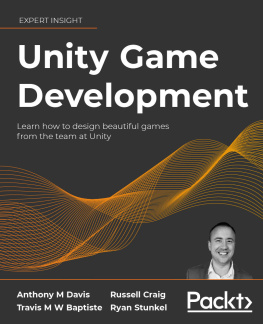

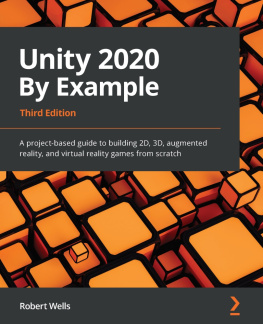
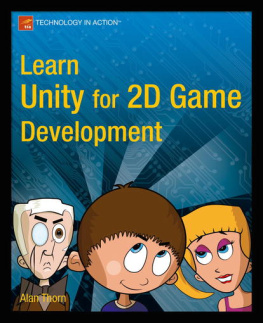

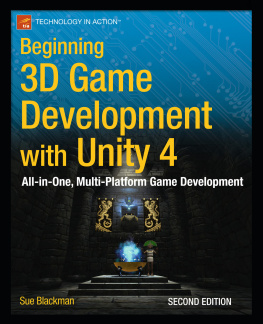

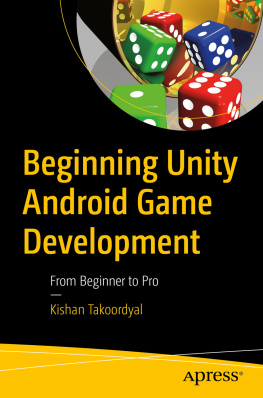
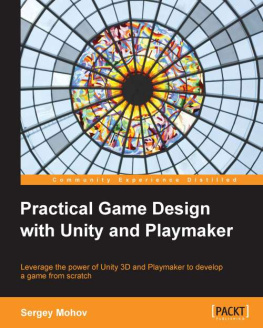
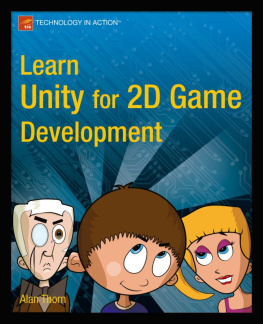

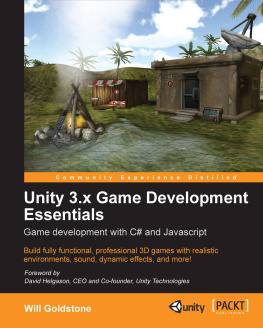

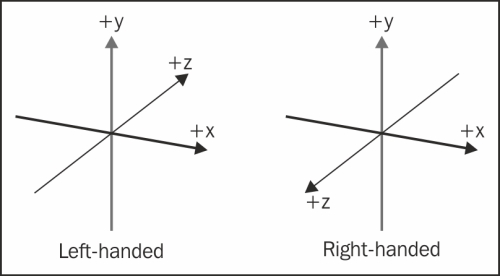 Figure 1.1 Coordinate Systems
Figure 1.1 Coordinate Systems  Figure 1.2 3D Coordinate System
Figure 1.2 3D Coordinate System 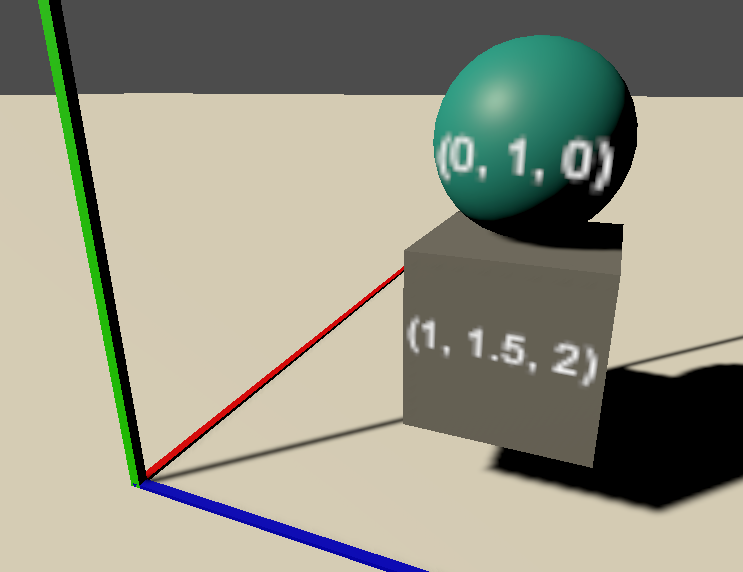 Figure 1.3 World Space vs Local Space
Figure 1.3 World Space vs Local Space